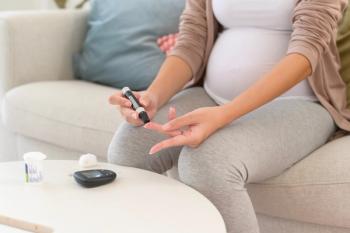
Opioid Overdose and Death Rates Skyrocket in Women
The number of women who died due to overdoses involving opioid pain relievers increased 415% between 1999 and 2010, according to a report from the CDC.
The number of women who died due to overdoses involving opioid pain relievers increased 415% between 1999 and 2010, according to a report from the CDC.
The number of deaths caused by prescription painkiller overdoses in women has been growing at an alarming rate, increasing five-fold between 1999 and 2010, according to a report released on July 2, 2013, by the Centers for Disease Control and Prevention (CDC).
The “Vital Signs” report analyzes the rate of fatal drug overdoses and emergency department visits related to drug misuse or abuse among women, based on data from the National Vital Statistics System and the Drug Abuse Warning Network. After identifying all drug-related deaths between 1999 and 2010, CDC researchers categorized the drugs involved in each death as prescription drugs, prescription opioid painkillers, benzodiazepines, antidepressants, heroin, and/or cocaine.
A total of 15,323 women died due to drug overdose in 2010. Prescription drugs played a role in 85% of the deaths for which at least 1 drug was specified, and opioid pain relievers were involved in 71% of prescription drug overdose deaths. In all, opioids were involved in 4 times as many deaths of women as were cocaine and heroin combined.
Emergency department visits for abuse or misuse of opioid pain relievers also skyrocketed among women, increasing by more than 50% between 2004 and 2010, when more than 200,000 emergency department visits for opioid misuse or abuse were reported among women.
Although the number of deaths caused by drug overdose overall and opioid pain relievers in particular remains higher among men, the percentage increase in opioid-related deaths was much higher among women during the period covered: 415% compared with 265%. Previous research finding that women are more likely than men to have chronic pain and to be prescribed pain medications at higher doses for longer periods of time helps to explain this sharp increase in deaths among women.
To combat the rise in opioid-related deaths among women, the report authors write, public health interventions should reduce misuse and abuse without limiting access to legitimate treatment. Toward that end, the CDC recommends that health care providers follow guidelines for responsible prescribing, use their state’s prescription drug monitoring program, and monitor their patients for signs of substance abuse and mental health problems. Providers can also discuss all pain treatment options with women, including those that do not require prescription medications, explaining the risks and benefits of each option.
The CDC recommends that women only take prescriptions as directed, discuss all medications they are taking with their physician, and dispose of medications properly at the end of treatment to help decrease the number of prescription-related deaths. Women can also call 1-800-662-HELP to receive help for substance abuse problems.
For more information on the report visit:
Newsletter
Stay informed on drug updates, treatment guidelines, and pharmacy practice trends—subscribe to Pharmacy Times for weekly clinical insights.








































































































































































































